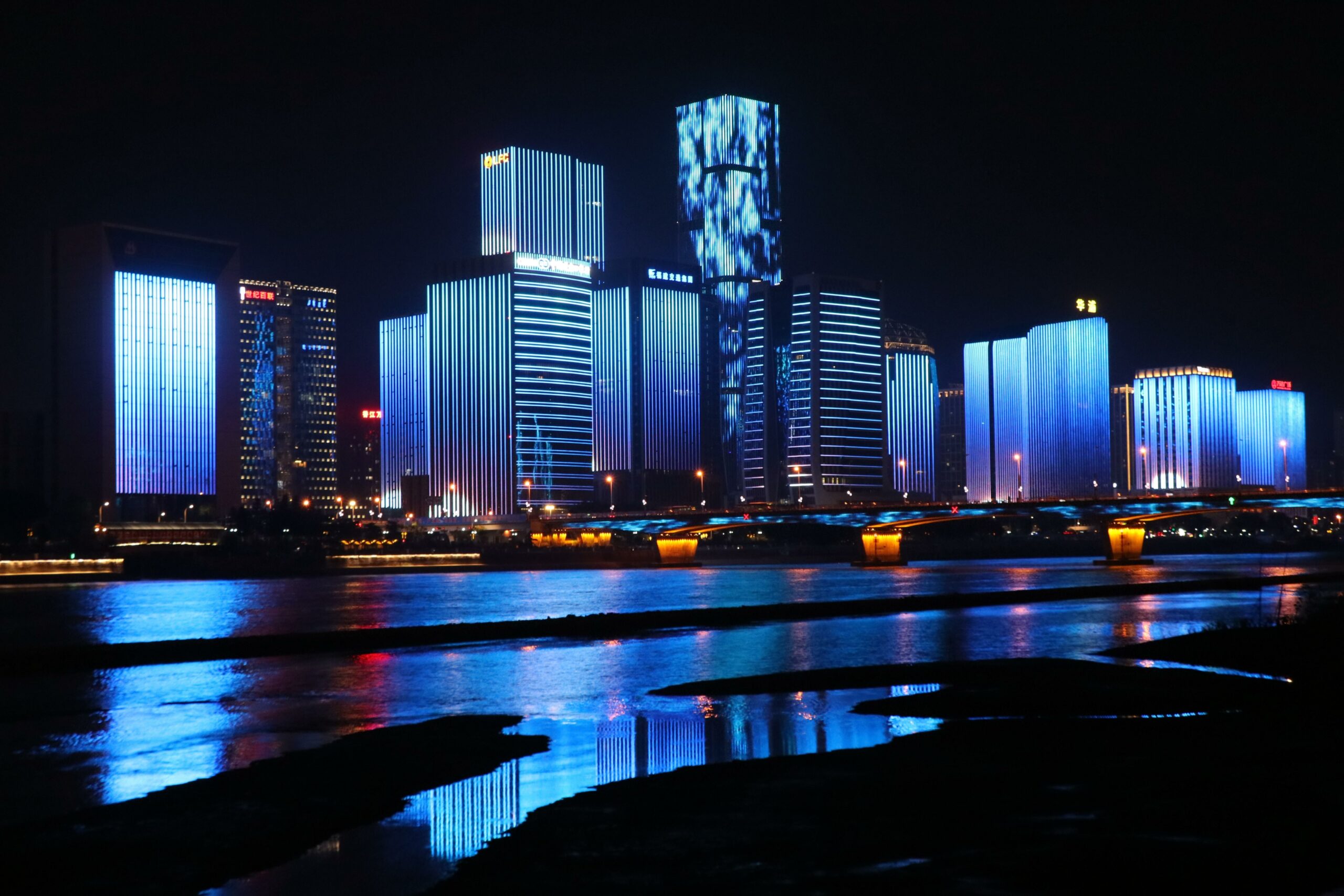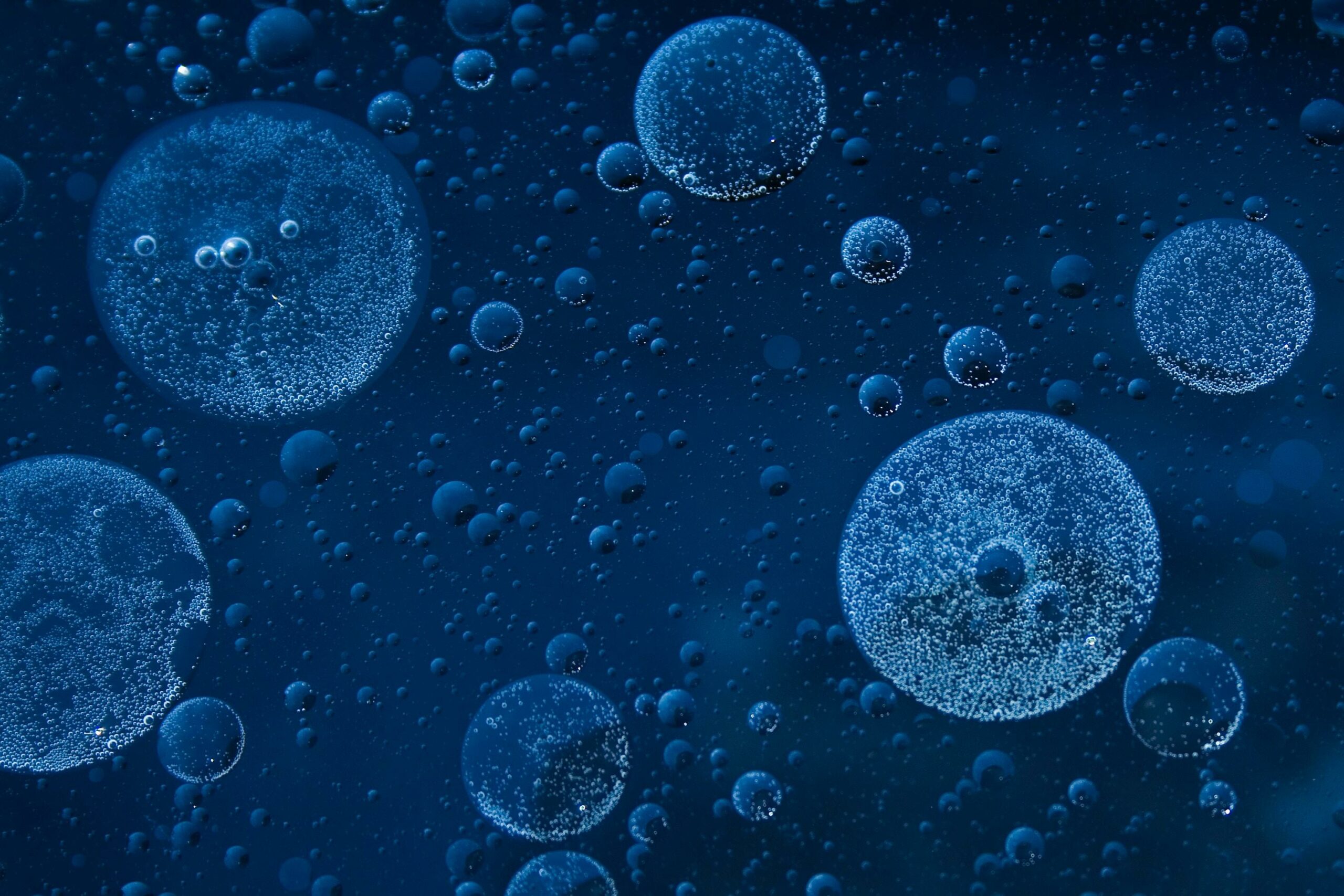Welcome to an enlightening journey into the world of indigo cultivation! In this article, we will delve into the realm of sustainable techniques for enhancing dye production through the mastery of indigo cultivation. As a seasoned agricultural researcher and writer with a strong passion for sustainable practices, my aim is to share my expertise and insights into the intricacies of growing and processing indigo plants. Together, we will unravel the secrets of soil preparation, planting techniques, nurturing and harvesting methods, and the efficient utilization of natural resources, all with the goal of minimizing environmental impact. Get ready to explore the fascinating world of indigo cultivation and discover the countless possibilities it holds for eco-friendly traditions. Let’s embark on this journey towards mastering the art of indigo cultivation!

Indigo Cultivation
As a seasoned agricultural researcher and writer with a strong passion for sustainable practices, I bring over a decade of experience in the field of plant cultivation. Today, I want to dive into the fascinating world of indigo cultivation and share with you some sustainable techniques for enhancing dye production. Let’s explore the intricacies involved in growing and processing indigo plants and discover how this age-old tradition can be both valuable and eco-friendly.
The Beauty of Indigo Dye
Indigo dye is truly special, as it gives a distinctive blue color to fabrics. This organic compound is extracted from the leaves of plants belonging to the Indigofera genus. For thousands of years, these plants were cultivated and utilized worldwide, particularly in Asia, where indigo became an important crop. Its primary use is for coloring cotton yarn, especially in the production of denim cloth for blue jeans. Indigo holds a rich history with the oldest known fabric dyed with it dating back 6,000 years and discovered in Huaca Prieta, Peru.
Sustainable Techniques for Indigo Cultivation
Now that we understand the significance of indigo, let’s explore sustainable techniques for improving indigo cultivation and dye production. By incorporating these methods, we can ensure both environmental preservation and high-quality results. So, how can we master indigo cultivation? Let’s dive in!
1. Soil Preparation
Like any plant, indigo thrives in specific soil conditions. To cultivate indigo successfully, it’s crucial to prepare the soil adequately. Ensure the soil is well-drained and slightly acidic, with a pH level around 6-7. Additionally, enrich the soil with organic matter, such as compost or well-rotted manure, to provide essential nutrients for the indigo plants. Remember, healthy soil leads to healthy plants!
“Prepare the soil by ensuring it is well-drained, slightly acidic, and rich in organic matter. Healthy soil is the foundation for successful indigo cultivation.”
2. Planting Techniques
Now that we have prepared the soil, it’s time to plant our indigo. Start by selecting healthy young indigo seedlings from a reliable source. When transplanting, space the seedlings about 12-15 inches apart, ensuring they have enough room to grow. Additionally, consider using a raised bed system to improve drainage and control weeds effectively. Remember to water the seedlings regularly while avoiding over-watering, as indigo plants prefer moderate moisture levels.
“Use healthy seedlings and give them enough space to grow. Consider raised bed systems and provide regular watering to promote optimal growth.”
3. Nurturing and Harvesting Methods
As indigo plants grow, it’s essential to provide them with proper care and attention. Regularly monitor the plants for pests and diseases, implementing organic pest control methods whenever possible. Pruning is also crucial to encourage bushy growth and maximize leaf production. When the indigo plants reach maturity, usually after 100-120 days, it’s time to harvest the leaves. Harvest only the top leaves while leaving the lower ones intact for future growth.
“Care for your indigo plants by monitoring pests and diseases, practicing organic pest control, and pruning for bushy growth. Harvest mature plants by carefully picking the top leaves and leaving the lower ones for future growth.”
Pros and Cons of Indigo Cultivation
As with any agricultural practice, indigo cultivation has its own set of advantages and limitations. Let’s take a moment to explore both sides:
Pros:
– Indigo cultivation promotes sustainable agriculture by utilizing natural resources effectively.
– It connects us to a rich historical tradition that has spanned thousands of years.
– Indigo dye production supports the textile industry, particularly in the creation of denim cloth.
– Indigo plants can serve as a beneficial rotational crop due to their nitrogen-fixing properties.
Cons:
– Indigo cultivation requires careful attention and knowledge to achieve optimal results.
– The indigo extraction process can be labor-intensive, requiring expertise for efficient dye production.
– Large-scale indigo cultivation may have environmental impacts if not managed sustainably.
“Indigo cultivation offers numerous benefits, including sustainable agriculture, historical significance, and support for the textile industry. However, it also requires expertise and careful management to overcome potential challenges.”
In Conclusion
Indigo cultivation is a fascinating and environmentally friendly tradition that provides us with the beautiful blue colors we adore. By following sustainable techniques for enhancing dye production, we can ensure the preservation of this age-old practice. From preparing the soil to nurturing the plants and harvesting the leaves, every step contributes to successful indigo cultivation. Remember, embracing sustainable practices not only benefits the environment but also enhances the quality of the indigo dye we produce.
So, why not try your hand at indigo cultivation? Embark on this rewarding journey and immerse yourself in the captivating world of indigo. Happy cultivating!
Table: Indigo Cultivation Timeline
| Year Range | Description |
|---|---|
| 4000 BCE | First evidence of indigo dye usage in Peru |
| 1600 BCE | Indigo dye usage in the Indian subcontinent |
| 600 CE | Indigo dye introduced to China and Japan |
| 1600 CE | European colonists bring indigo cultivation to the Caribbean |
| 1700 CE | Indigo cultivation reaches South Carolina and North Carolina |
| 21st century | Ongoing efforts to improve natural indigo production |
Indigo, a mesmerizing color found in nature, holds a mysterious allure. Have you ever wondered where this captivating pigment comes from? If so, you might be interested in exploring the question, “Where does indigo grow?” To satisfy your curiosity, just click here and discover the secrets behind the origins of indigo at ../where-does-indigo-grow. Prepare to be enchanted by the fascinating journey of this captivating hue.
FAQ
Question 1: What is indigo dye and where does it come from?
Answer 1: Indigo dye is an organic compound that gives a distinctive blue color. It is extracted from the leaves of plants in the Indigofera genus.
Question 2: What is the primary use of indigo dye?
Answer 2: The primary use of indigo dye is for coloring cotton yarn, particularly in the production of denim cloth for blue jeans.
Question 3: How long has indigo cultivation been practiced?
Answer 3: Indigo cultivation has been practiced for thousands of years. The oldest known fabric dyed with indigo dates back 6,000 years and was discovered in Huaca Prieta, Peru.
Question 4: What countries have a history of indigo use?
Answer 4: Many Asian countries, including India, China, Japan, and Southeast Asian nations, have a history of indigo use.
Question 5: How is indigo dye produced?
Answer 5: Indigo dye is produced through a separate agricultural and manufacturing process. The leaves of the indigo plant are harvested and processed to extract the dye, which is then used for coloring purposes.














